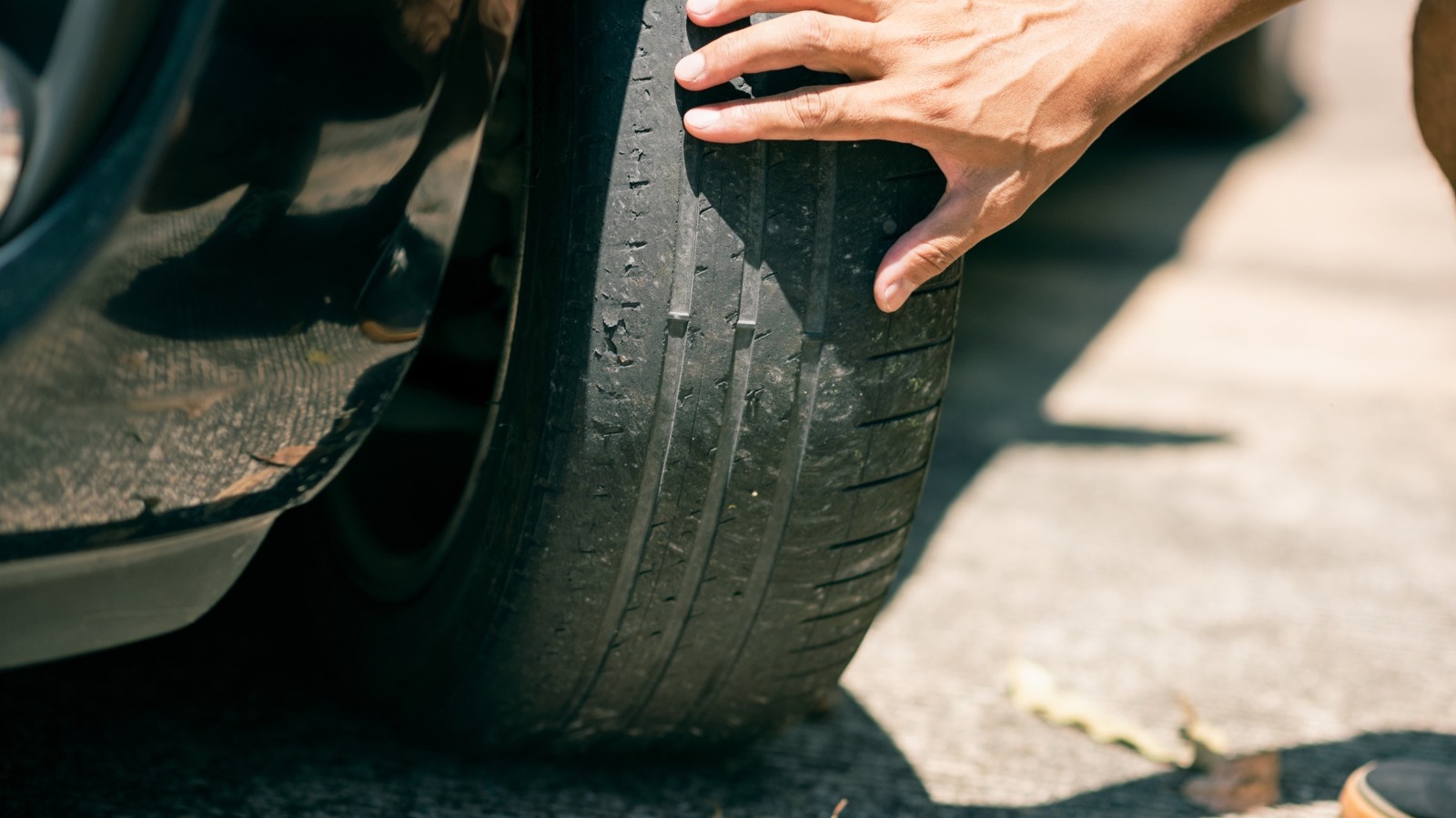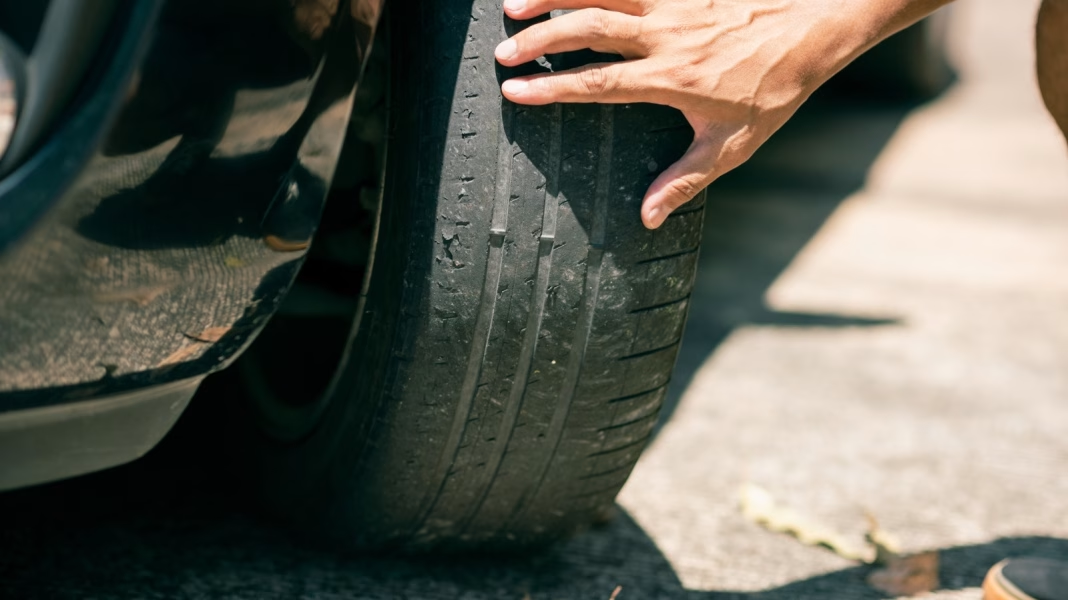A wheel alignment might not seem like a pressing issue, but neglecting it can lead to a cascade of problems that affect your vehicle’s performance and your wallet. Let’s dive into why this seemingly minor maintenance task deserves your attention.
What Exactly Is Wheel Alignment?
At its core, wheel alignment refers to the adjustment of your car’s suspension system, which connects the vehicle to its wheels. This process ensures that your wheels are positioned correctly relative to each other and the road. Think of it as tuning a musical instrument; when everything is in harmony, your car drives smoothly. When it’s off, you might notice uneven tire wear, poor handling, and even a decrease in fuel efficiency.
Why Should You Care About Wheel Alignment?
You might be wondering, “Isn’t that just a fancy term for something I can ignore?” Not quite. Here’s the deal: when your wheels are misaligned, it can lead to a host of issues. For starters, you might find yourself replacing tires more frequently. According to the Tire Industry Association, improperly aligned wheels can cause tires to wear out up to 30% faster. That’s money down the drain!
But it’s not just about tires. A misalignment can affect your car’s handling, making it harder to steer and increasing the risk of accidents. Imagine driving on a straight road, but your car keeps pulling to one side. Frustrating, right? This can also lead to more significant mechanical issues over time, as other components of your vehicle work harder to compensate for the misalignment.
How Do You Know If Your Car Needs an Alignment?
There are a few telltale signs that your car might be due for an alignment. If you notice your steering wheel is off-center while driving straight, or if your car pulls to one side, it’s time to get it checked. Additionally, if your tires show uneven wear patterns—like bald spots on one side—this is a clear indicator that something is off.
Regularly checking your alignment is especially important after hitting a pothole or curb, or if you’ve recently had new tires installed. Many mechanics recommend having your alignment checked at least once a year, or whenever you get new tires.
What Happens During a Wheel Alignment?
When you take your car in for an alignment, a technician will use specialized equipment to measure the angles of your wheels. They’ll adjust the camber, caster, and toe angles to bring everything back into specification. This process usually takes about an hour, and many shops will provide a printout showing the before and after measurements, so you can see the difference.
Investing in a wheel alignment is a relatively low-cost maintenance task compared to the potential expenses of premature tire replacement or other mechanical repairs. It’s a small price to pay for peace of mind and better performance.
The Bigger Picture: Fuel Efficiency and Safety
Beyond tire longevity and handling, a proper alignment can also improve your fuel efficiency. When your wheels are aligned, your car requires less energy to move forward, which can lead to better gas mileage. In a world where fuel prices seem to rise daily, every little bit helps.
Moreover, safety should always be a priority. A well-aligned vehicle is easier to control, especially in emergency situations. It can mean the difference between a close call and a serious accident.
What’s the Bottom Line?
The big takeaway? Wheel alignment isn’t about perfection—it’s about smarter adjustments. By paying attention to this crucial aspect of vehicle maintenance, you can save money, enhance your driving experience, and keep yourself safe on the road. So, why not start with one change this week? Schedule that alignment check, and you’ll likely spot the difference by month’s end. Your car—and your wallet—will thank you.


